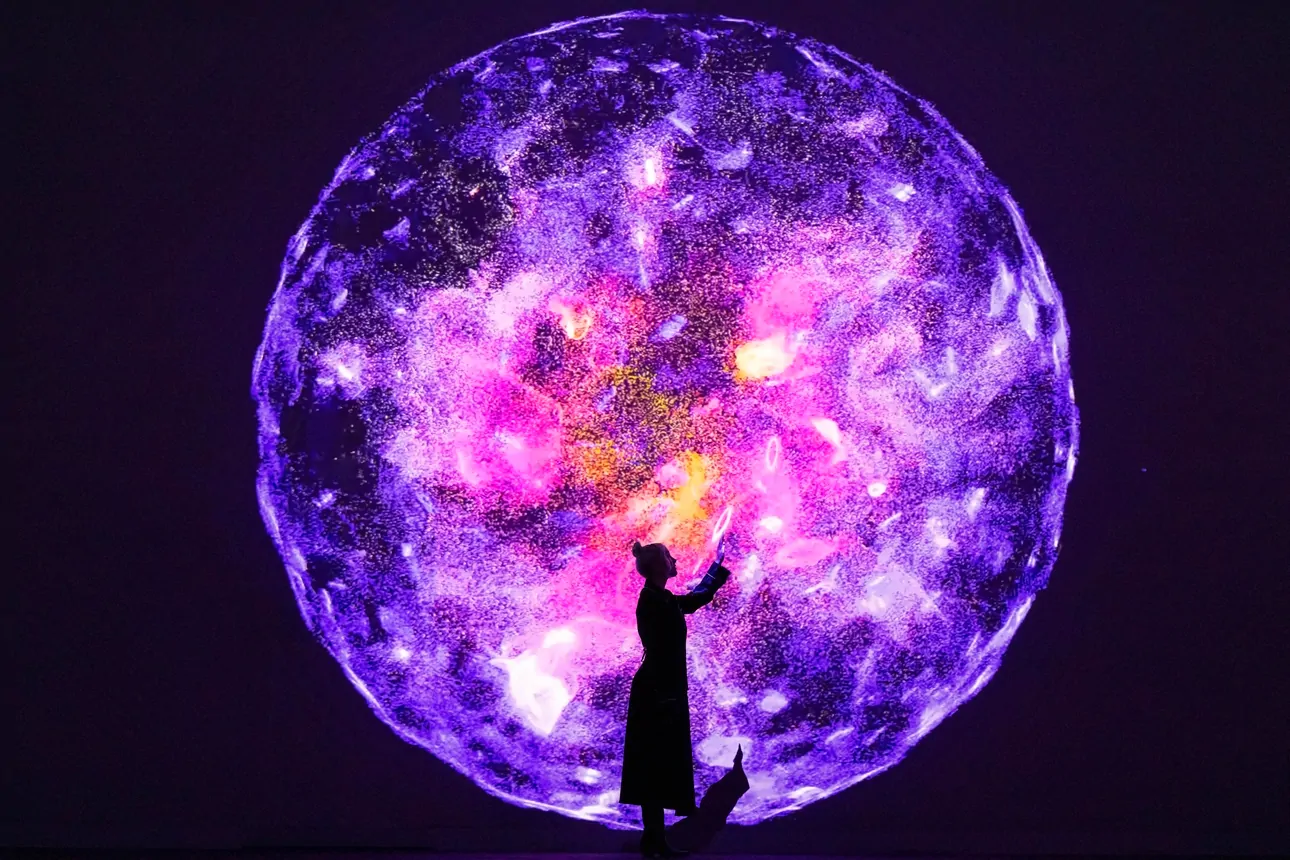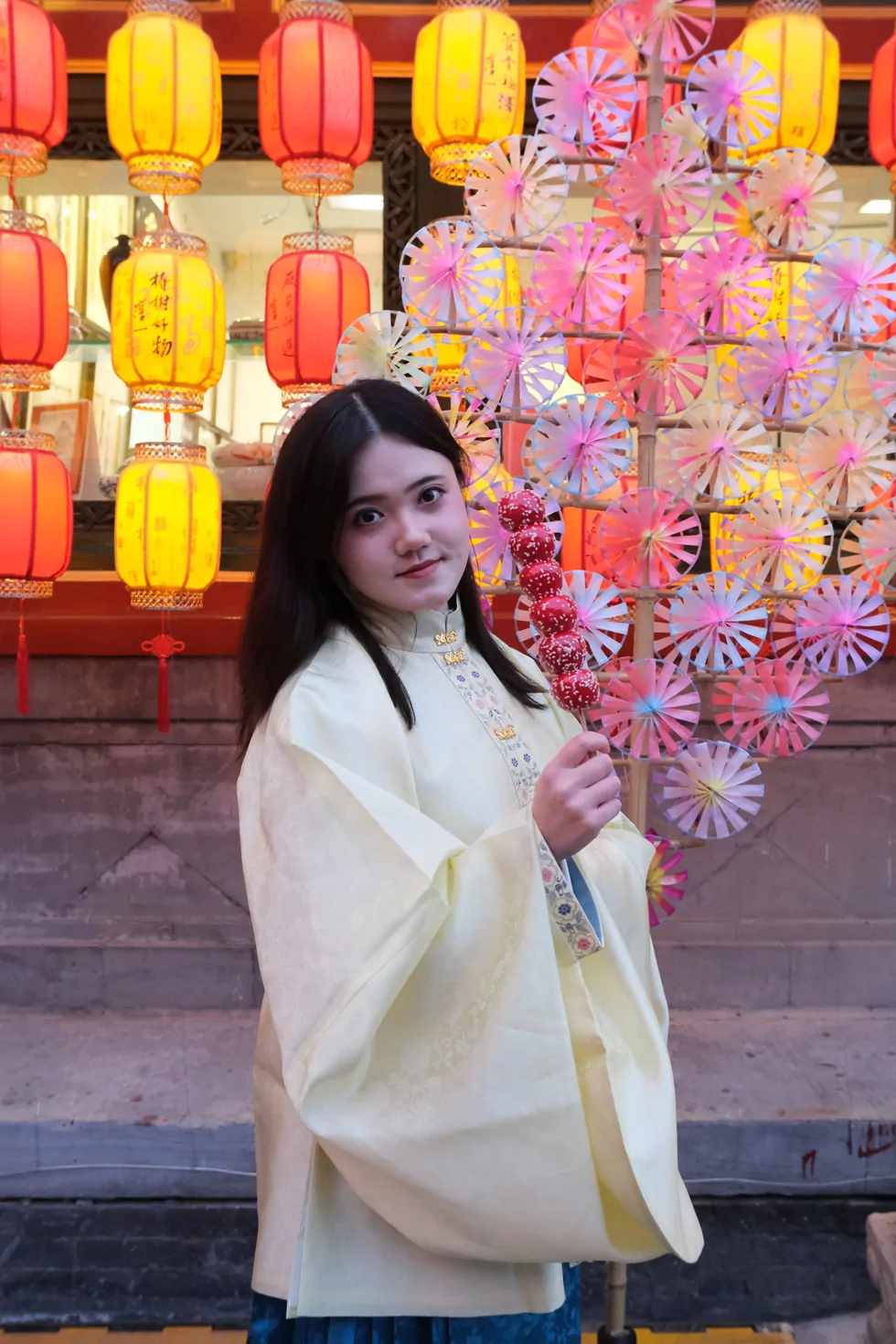Claire Luxton is a British contemporary artist renowned for her multidisciplinary work in
photography, immersive installations and poetry. A graduate of Goldsmiths, University of
London, she initially worked at an architecture firm in London Bridge for a year before
embarking on her remarkable journey in the art world. Now based in rural East Sussex, she
draws inspirations from the surrounding natural environment.
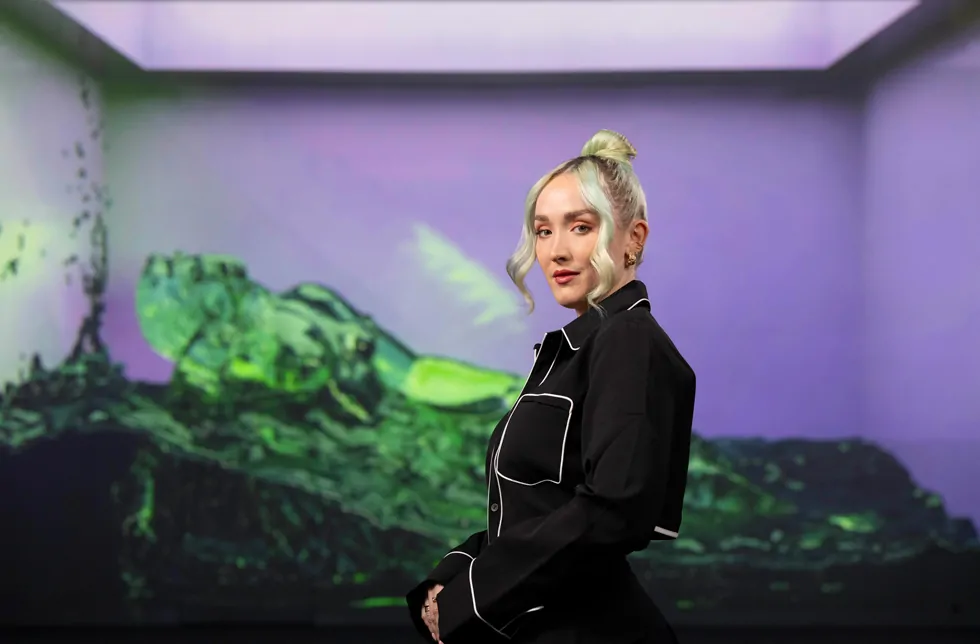
Image courtesy of the artist
© Claire Luxton
We are living in an ever-shifting, relentless world where time often slips through our fingers. Understanding the profound impact of sleep and dreams has become essential.
Claire Luxton
Luxton’s art delves into the delicate balance between humanity and nature, often exploring
themes of constructed femininity and vulnerability. Her distinctive aesthetic has garnere
international recognition, with exhibitions spanning from London to Singapore, including
showcases at The London Art Fair and Art Basel.
Beyond traditional art spaces, Luxton has undertaken notable public art projects for locations
such as Battersea Power Station, Leicester Square, Regent Street, Marble Arch, Les Halles
Paris etc. She sees public art and immersive art as powerful forms of communication that
transcend verbal language. Her collaborations also include brands such as Hendrick’s,
Wedgwood, InterContinental, and L’Occitane. Her work has been featured in publications
like Harper’s Bazaar, Wonderland, The Independent, and Good Housekeeping. Represented
by MTArt Agency, Luxton continues to push the boundaries of contemporary art,
creating pieces that resonate with audiences worldwide.
In response to the disconnection from nature in the modern society and the resulting “cultural
burnout”, Luxton’s latest immersive work at FRAMELESS, Right Before We Wake, derives
ideas from Ancient Greek philosophers such as Hippocrates and Aristotle, as well as 19th –
century Symbolism.
The work invites audience to explore the surreal space between sleep and wakefulness, and the profound connection between rest and renewal. As a female artist navigating in a male-dominated cultural landscape, she often challenges the representation of femininity through visual and cultural lenses. We discussed the inspirations of her work – from nature to ancient philosophy to artistic and literary movements – in our interview with her, as well as how they resemble her view on humanity as a connected ecosystem.
“Right Before We Wake” explores the delicate space between sleep and waking—a fleeting moment of stillness and possibility. In a world of overstimulation, what drew you to that particular psychological terrain, and how did you make it physically immersive?
Claire Luxton: We are living in an ever-shifting, relentless world where time often slips through our fingers. Understanding the profound impact of sleep and dreams has become essential. They are not mere pauses in our waking lives but vital moments of healing and self-discovery. My work invites the viewer to explore the deep connection between rest and renewal. Through light, imagery, colour and sound the work becomes fully immersive.
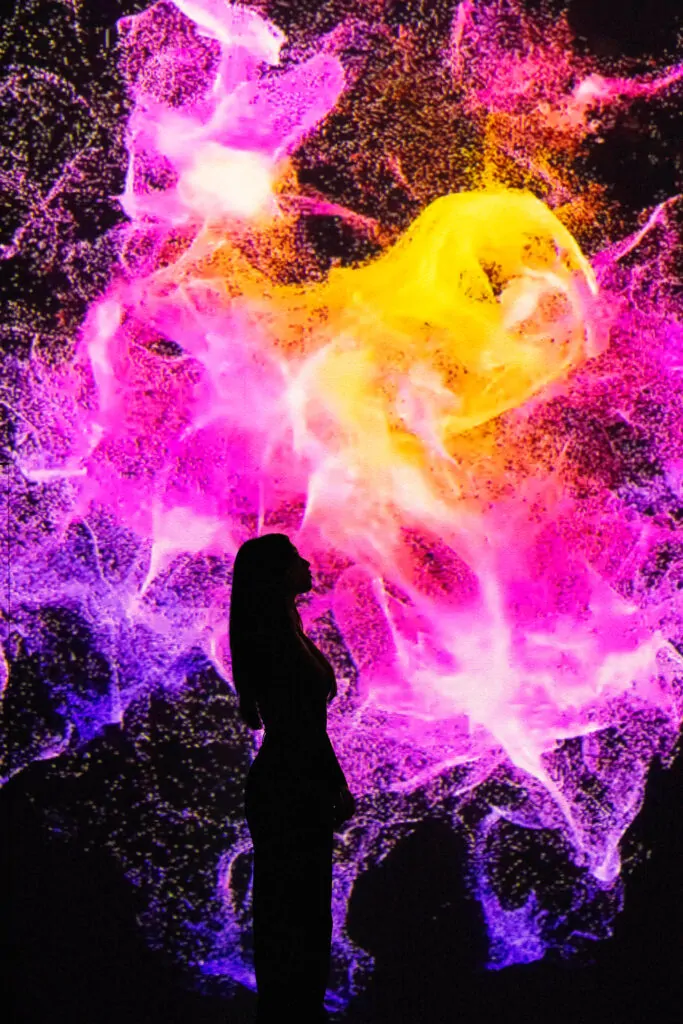
Image courtesy of the artist
© Claire Luxton
Your installation offers a kind of sanctuary—calm, dreamlike, introspective. What role do you believe immersive art can play in restoring emotional or mental balance in a culture that often resists stillness?
Claire Luxton: Public art and immersive art alike have a way of communicating on a universal and nonverbal level. Art itself can be consumed and absorbed in a very different way to what we have become used to with, constant scrolling and short attention hits of information. In fact, FRAMELESS’ research found that almost half of GenZ scroll on their phone right before they go to sleep, along with a third of the general population.
I feel immersive art experiences, like at FRAMELESS London, can help us explore a longer experience where we might disconnect, relax and feel and open our minds to new ways of thinking and seeing the world.
You reference ancient thinkers like Hippocrates and Aristotle alongside Symbolist painters and modern technology. How do you navigate these wide-ranging influences when constructing a piece rooted in the subconscious?
Claire Luxton: I think the beauty and the power of the subconscious is that it is something humanity has been drawn to universally throughout history. In many ways, it impacts all our lives, so it makes sense that when you are looking at ancient philosophers or modern- day technology, you are drawn back to the idea of the mind and our dreams.
Therefore, I wanted to make sure that my own references played with the breadth of historic references, whilst placing the artwork firmly in 2025 through the medium and technology used.
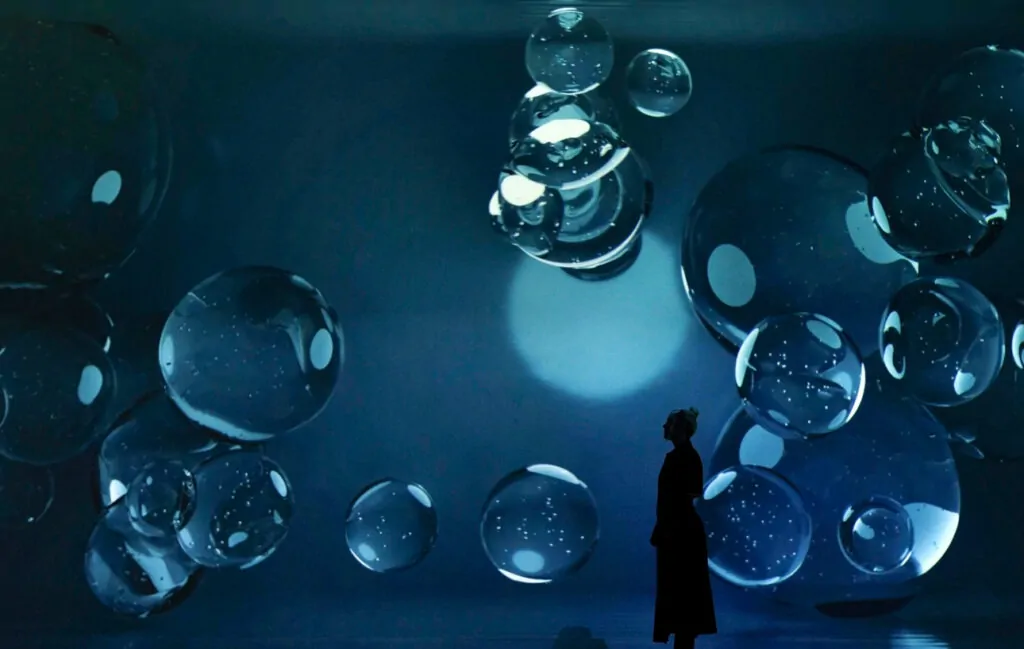
Image courtesy of the artist and FRAMELESS
Dreams and sleep have long been sources of spiritual and creative renewal—but they’re increasingly undervalued. Do you see “Right Before We Wake” as a response to cultural burnout? What’s at stake if we lose touch with our inner landscapes?
Claire Luxton: One of the main triggers which inspired me to make “Right Before We Wake” was 100% our total disconnection from our natural rhythms and cycles and, as you say, the resulting ‘Cultural Burnout”. The pace at which we consume and push our bodies now is a very unnatural state of being. We live in a mainly fight or flight state, which has so many detrimental knock-on effects, namely our mental health and thus our physical health.
Much of your work challenges the visual and cultural framing of femininity—layering nature, beauty and vulnerability in complex ways. How does this installation continue or evolve that exploration?
Claire Luxton: Around 80-90% of all artworks that you see in a cultural setting, be it a gallery, museum or sculpture, are works created by male artists. They also often depict the female form. As a contemporary female artist, I have always seen it as a great privilege to have the opportunity to share a female perspective on the female experience. Through this artwork, I wanted to take the iconic image of ‘Venus Sleeping’, famously painted by Titian and many other artists and re-present her in a contemporary setting. Venus holds a lot of contextual symbolism in her connection to dreams, femininity, fertility and nature.
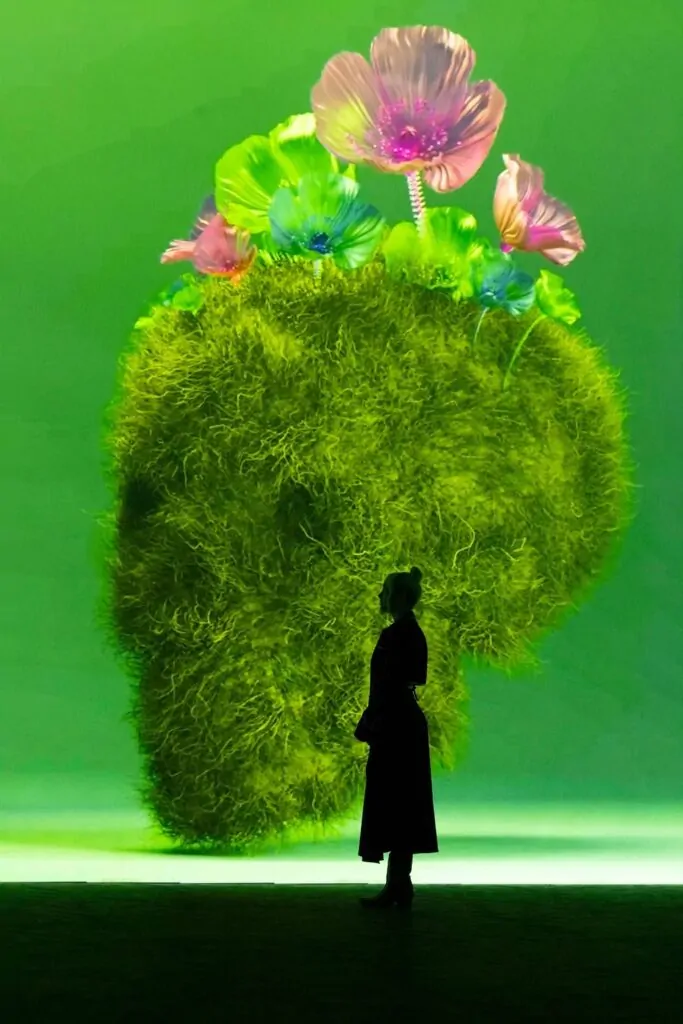
© Claire Luxton
The colours in this piece—deep blues, greens and purples—evoke emotion as much as environment. How do you approach colour as a storytelling tool, particularly when addressing themes like healing and introspection?
Claire Luxton: Colour is a very powerful tool in art and storytelling. It allows us to draw on memory, connection and meaning. Due to the themes discussed in this artwork, I wanted to use colour as a vehicle, drawing the viewer through the different dream sequences. Blue, known to evoke deep relaxation, has graced the works of artists like Yves Klein, capturing the meditative power of the colour. Green, symbolising balance and spiritual renewal, traces back to the Renaissance, where it was often used to represent growth and healing. Purple, connected to introspection, ties into the creative and restorative qualities of sleep, offering a space for emotional clarity.
Your rural studio in East Sussex feels like a quiet counterpoint to the digital intensity of immersive art spaces. How does that contrast shape your process—and your sense of time, rhythm, and creativity?
Claire Luxton: I find most of my creativity in isolation. I see my brain like a sponge it absorbs everything around it as inspiration, the good and the bad, and then when it is saturated, I process all the information, and it becomes an output, an artwork. The processing stage is where I need to be surrounded by nature; I need the calm and the wind and the birds in the trees. I need the balance that the artwork explores to be able to make honest and vulnerable artwork, which I hope resonates with people.
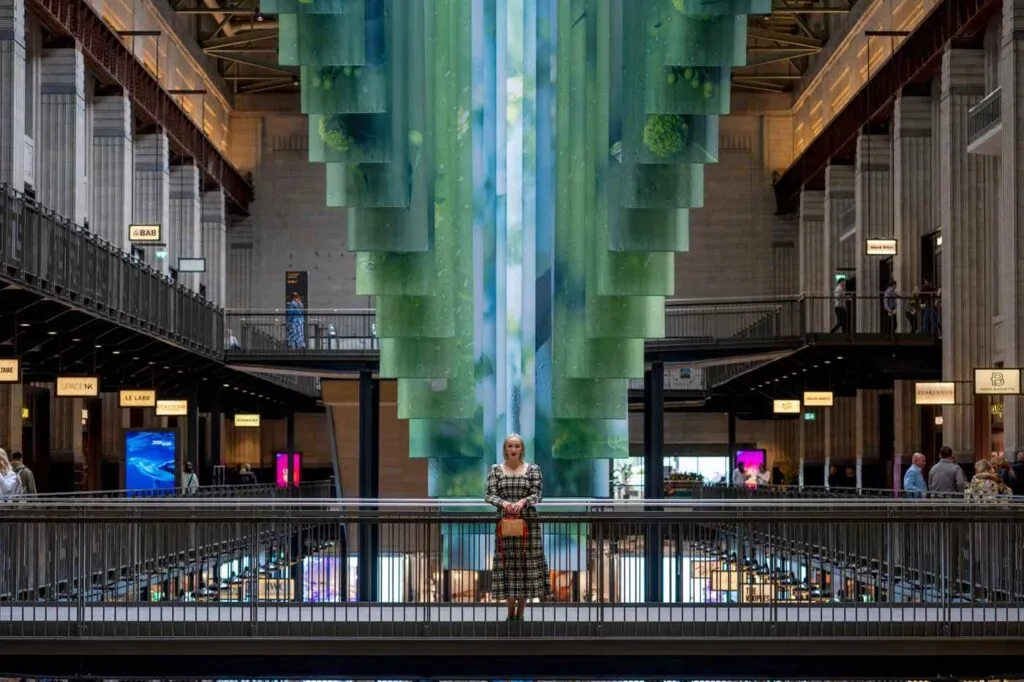
commissioned by Battersea Power Station credit Backdrop Productions
As both a poet and visual artist, you often work between word and image. How do these forms speak to each other in your practice? Are your installations ever conceived as visual poems?
Claire Luxton: Both mediums work hand in hand. Sometimes words come first, other times, it is the image. In truth, I see all my works as visual poems; we need stories to understand ourselves as humans and whether written, spoken or physical, both play a role in the end result.
FRAMELESS reimagines iconic Surrealist works by figures like Dalí and Redon. How do you position your own work in relation to that canon—are you conversing with it, resisting it, or reframing it through a more personal lens?
Claire Luxton: I would say I’m fully in conversation with it, and that conversation allows for a contemporary reframing. As I referenced earlier, I see it as a great privilege as a female contemporary artist to be able to have the opportunity to re-explore a narrative from a different and modern-day perspective whilst still paying homage to the ideas and visuals that came before. I hope it allows for a deeper exploration of both the classical and contemporary works in a way that is hopeful and thought-provoking.
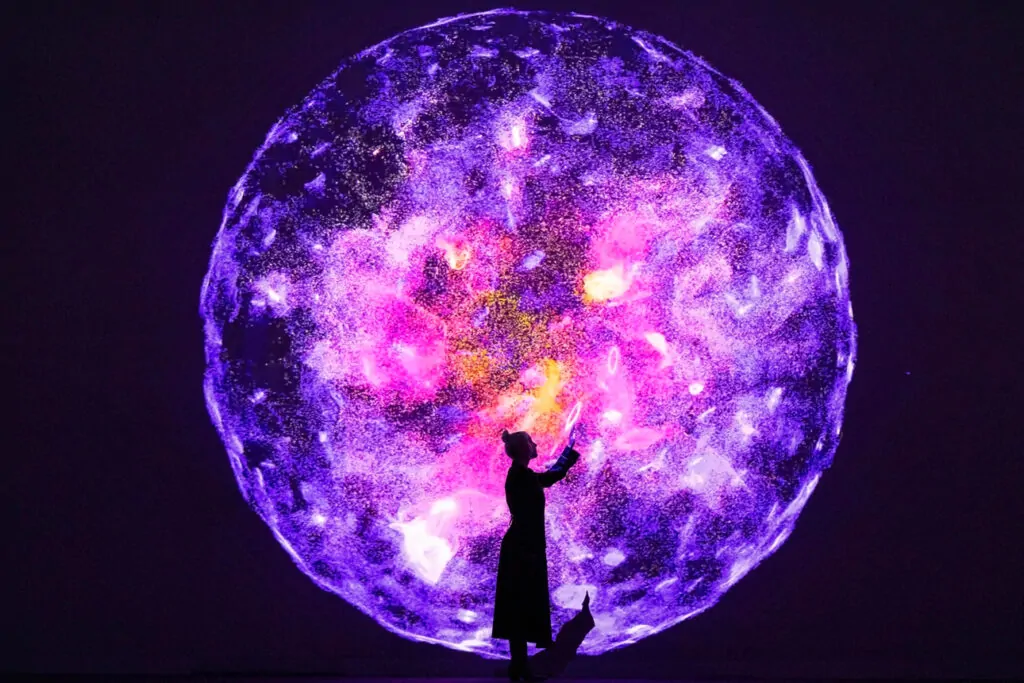
Image courtesy of the artist
© Claire Luxton
When someone steps out of “Right Before We Wake” and returns to the pace of daily life, what do you hope lingers with them—visually, emotionally, or subconsciously?
Claire Luxton: I would say I hope for all three. I hope that the artwork has an immediate visual impact, that over the days to follow, it has an emotional impact, and that reflectively over time, has a subconscious effect.
What is your philosophy of art—not just as a practice, but as a way of being? How does art shape the way you move through the world, and in turn, how does your inner life inform the kind of art you feel compelled to create?
Claire Luxton: I think I’m in the pursuit of truth and vulnerability. I see humanity as a connected ecosystem, both scientifically and emotionally. I want to seek out understanding and beauty and hope and sadness and distil it through my work.
I have always used the question, “Would I make this work if no one would ever see it?” As a good gauge of the value I place in what I’m exploring. Which might seem odd, as I make works that hopefully a lot of people will engage with. But I think to make vulnerable work that holds truth and wonder, you need to make form this place of honesty and joy of creation and discussion with no expectation of result.
Claire Luxton: ‘Right Before We Wake’ opens to the public on 28th March, 2025 at Frameless London
©2025 Claire Luxton
Ashley, a graduate of the London School of Economics with degrees in Philosophy, Economics, and Economic History, explores the intersections of art, history, philosophy, and technology. She examines how historical narratives shape visual culture, how philosophical ideas manifest in art, and how emerging technologies like AI and blockchain redefine its creation and ownership.


